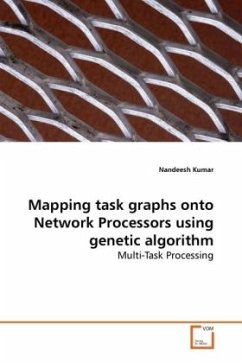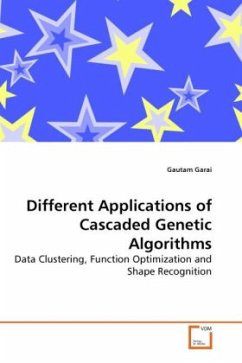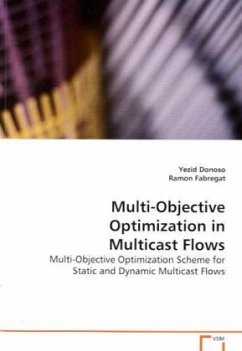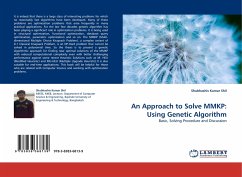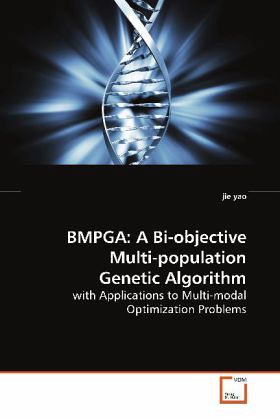
BMPGA: A Bi-objective Multi-population Genetic Algorithm
with Applications to Multi-modal Optimization Problems
Versandkostenfrei!
Versandfertig in 6-10 Tagen
52,99 €
inkl. MwSt.

PAYBACK Punkte
26 °P sammeln!
This dissertation presents a novel Bi-objectiveMulti-population Genetic Algorithm (BMPGA) formultimodal optimization problems. BMPGA isdistinguished by its use of two separate butcomplementary fitness objectives designed to enhancethe diversity of the overall population andexploration of the search space. This is coupled witha multi-population strategy and a clustering scheme,both of which together focus selection pressurewithin sub-populations, resulting in improvedexploitation of promising optimum areas as well aseffective identification and retention of potentialoptima. The practical value ...
This dissertation presents a novel Bi-objective
Multi-population Genetic Algorithm (BMPGA) for
multimodal optimization problems. BMPGA is
distinguished by its use of two separate but
complementary fitness objectives designed to enhance
the diversity of the overall population and
exploration of the search space. This is coupled with
a multi-population strategy and a clustering scheme,
both of which together focus selection pressure
within sub-populations, resulting in improved
exploitation of promising optimum areas as well as
effective identification and retention of potential
optima.
The practical value of BMPGA is demonstrated in
several applications including optimization of
benchmark multimodal functions and detection of
imagery ellipses. BMPGA is compared with widely used
algorithms and exhibits solid advantages over them.
BMPGA is also extended to the segmentation of
microscopic cells, which is a necessary first step of
many automated biomedical image processing
procedures.
Multi-population Genetic Algorithm (BMPGA) for
multimodal optimization problems. BMPGA is
distinguished by its use of two separate but
complementary fitness objectives designed to enhance
the diversity of the overall population and
exploration of the search space. This is coupled with
a multi-population strategy and a clustering scheme,
both of which together focus selection pressure
within sub-populations, resulting in improved
exploitation of promising optimum areas as well as
effective identification and retention of potential
optima.
The practical value of BMPGA is demonstrated in
several applications including optimization of
benchmark multimodal functions and detection of
imagery ellipses. BMPGA is compared with widely used
algorithms and exhibits solid advantages over them.
BMPGA is also extended to the segmentation of
microscopic cells, which is a necessary first step of
many automated biomedical image processing
procedures.




